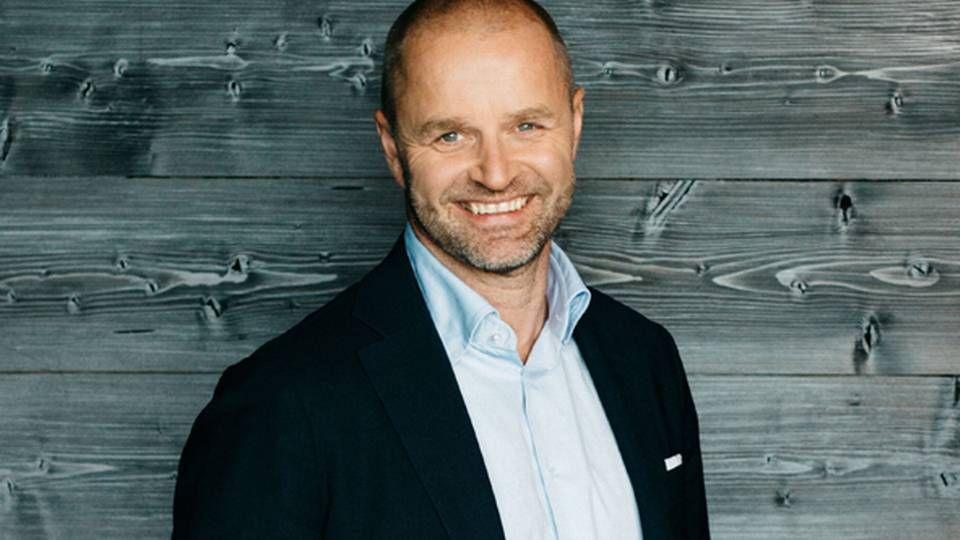Hedge funds hard to beat, says EUR 44 billion Finnish pension fund

One of Finland’s biggest pension firms spent more on hedge funds last year than it did on its entire staff of about 530 people. But that’s still not too much, according to Reima Rytsola, Varma's chief investment officer.
The comments show that even after the hedge fund industry suffered its worst year since 2011, it still has some loyal fans. Varma, which has about EUR 44 billion in assets, says it intends to keep asking hedge funds to handle a fifth of its portfolio after the managers it chose performed a lot better than the market.
As other pension funds across the Nordic region announce plans to turn their backs on external money managers, Varma says it cannot imagine replicating their performance on its own.
The Helsinki-based firm lost money last year on equities and fixed income. But it enjoyed positive returns on hedge funds and real estate. Rytsola says that makes up for the hefty fees.
"I fully admit that it’s an expensive asset class. And we’d rather see lower than higher fees, for sure, but as we compare the returns and the volatility, I think it’s still been justified."
Varma’s success lies largely in its selective approach to choosing external managers, according to Kai Rimpi, director of hedge funds.
"It depends on the sector selection and the manager selection," he says.
"Naturally, we have been fairly low in our use of the equity long-short managers. If we look at hedge funds dealing in the more liquid assets first, we have been, through the years, kind of reducing the credit long-short and equity long-short managers. And relatively speaking, we’ve been increasing allocation into the macro and fixed-income area,” he says.
Super manager
Varma declined to say exactly how much it spends on hedge funds, beyond noting that the sum is “many times” the EUR 40 million that the firm paid its entire staff last year.
"Especially when it comes to illiquid markets, you can’t do it in-house,” Rytsola says. Even if a fund like Varma were to cultivate the kind of skills that could replicate the returns it’s now getting from hedge funds, the model would not be sustainable, he says.
"There will always be the risk that if you do have some sort of super portfolio manager who can create super alpha, and he or she builds up a track record, then how on earth can our compensation schemes compete so that we avoid that this person sets up their own hedge fund?" Rytsola says.
"I think the logic is that you can create that kind of alpha in-house for a short period of time, but not consistently over time," he adds.
"I think you carry a much higher execution risk as well. Of course you don’t pay that much in fees, but then you have to worry about extra investments, in terms of extra computing power. I would say that it’s then a totally different ball game and it removes your room to maneuver if you’ve just invested hundreds of millions in new systems and hired 40 extra people," he says.
Question of costs
The hedge fund industry had its worst year in 2018 since 2011, losing about 4 percent overall. The poor performance, on average, has triggered debate among some of the biggest pension firms in the Nordic region, which have questioned the added value of using external managers.
ATP and PFA, Denmark’s two biggest pension funds with a combined EUR 185bn in assets, have both indicated they are keen to do more in-house to keep costs down.
Ilmarinen, Finland’s other main pension fund, decided back in 2007 to rely more on internal hedging strategies, opting to do more in-house at the start of the financial crisis because the hedge fund industry was not always transparent enough.
At the end of 2018, it had about 4 percent in hedge funds.
Allan Polack, the chief executive officer of PFA, said that investing in-house simply “lowers investment costs,” in an interview earlier this month. It also means “we don’t have to share the returns with so many other investors,” he said.
At Varma, Rimpi says it is all a question of which hedge funds you select.
“What we’re looking for in most of our liquid hedge fund strategies is a fairly market-neutral stance with average annual returns of around 6 percent over time,” he said. “In this environment that’s been a very difficult task. Most of the liquid strategies need to be faster and that’s where technology makes a difference.”
With interest rates likely to stay low for the foreseeable future, finding extra returns has increasingly forced pension funds into alternative investments. But cutting costs is becoming the main mantra for many in the industry.
Bo Foged, the acting CEO of ATP, says firms like his “have to be much more selective than we have been in the last few years.
“With the price developments that you’ve seen with assets, you have to be much more selective and much more critical, and we’re doing that of course,” he said. “And convincing our managers that they should be.”













